Meet the Scientists Hunting and Saving Wild Sunflower Seeds
Follow a pair of scientists as they hit the road in search of the sunflower’s wild cousins, which may hold the key to helping the crop thrive in the face of climate change.
Meet the Scientists Hunting and Saving Wild Sunflower Seeds
Follow a pair of scientists as they hit the road in search of the sunflower’s wild cousins, which may hold the key to helping the crop thrive in the face of climate change.
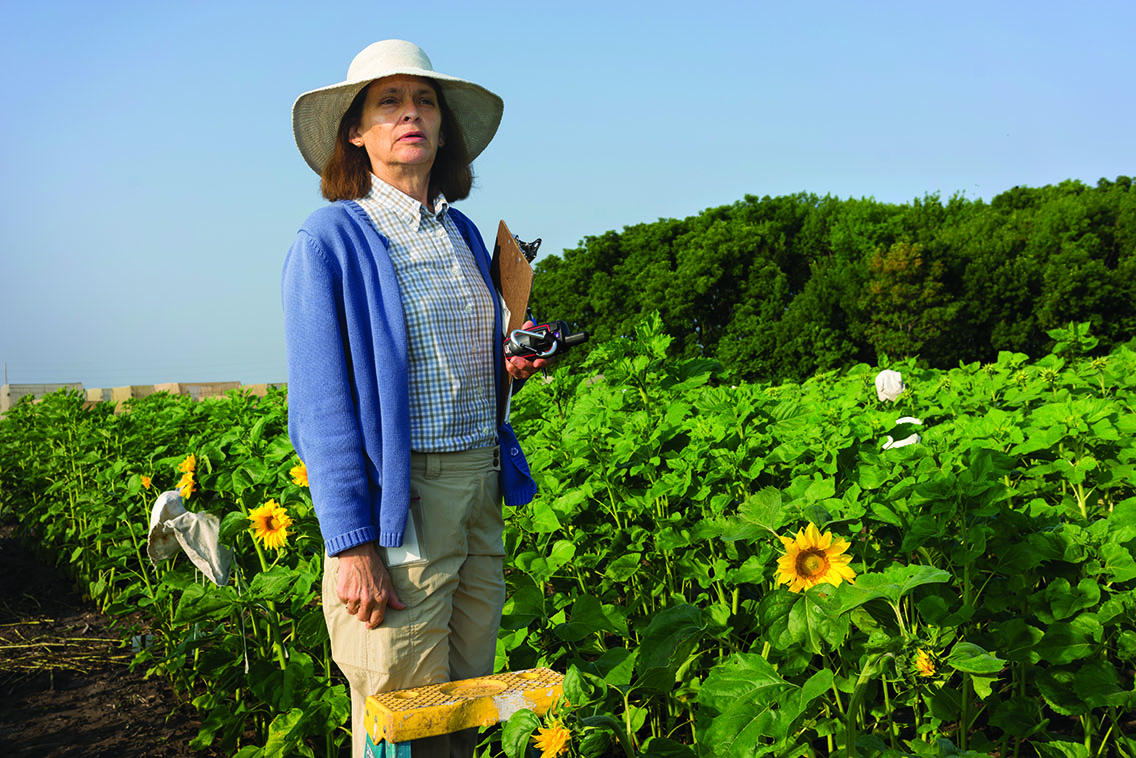
Marek, a plant physiologist, climbs out, clips a small GPS unit to her belt, and secures the floppy hat and biker glasses that shield her from the desert sun. She and Gerald Seiler, a research botanist, grab their low-tech collecting gear: garden gloves and paper lunch bags. Within seconds, the two sixty-somethings are scrambling up the dunes, using their hands for balance in the shifting sand.
“Aha!” Marek lets out a small yelp of delight as she nears the yellow patch, convinced they’ve found their quarry. It is Helianthus anomalus, a rare and elusive sunflower that grows only in the dunes and hummocks of the southwestern desert. The plants’ thick, hairy stems emerge sturdily from the sand, apparently undeterred on this arid June morning.
Marek and Seiler set off in opposite directions, moving quickly as they snap seed-filled heads off the mature plants and drop them into their bags. To boat-towing tourists motoring by on their way to nearby Lake Powell, it probably looks like some vacationing couple has stopped to smell the flowers. In fact, Marek and Seiler are helping to safeguard the future of agriculture.
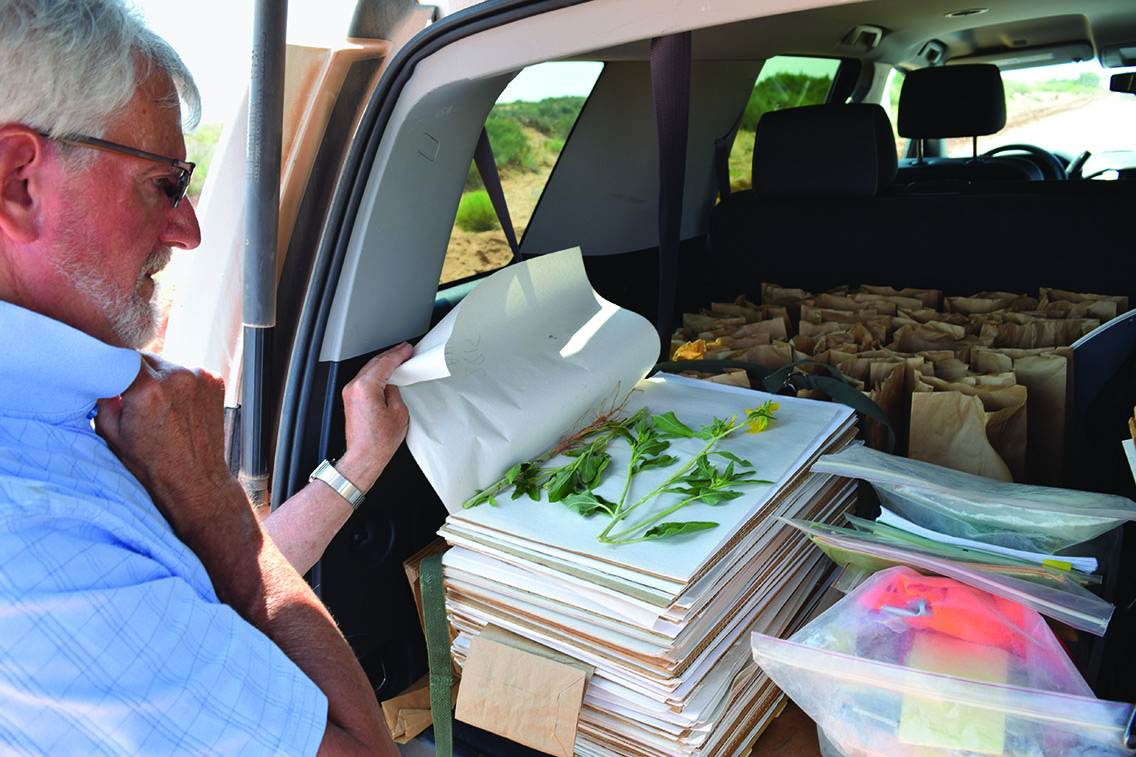
As the weather becomes increasingly unpredictable due to climate change, plant breeders face the monumental challenge of ensuring that crops will be able to thrive under constantly shifting conditions. “Creating hybrids used to entail breeding for specific environments,” explains Marek, the curator of the oilseed collection at the U.S. Department of Agriculture’s Plant Introduction Station, in Ames, Iowa. Today, there’s no such thing as a single stable environment, and breeders are after hybrids that can survive long hot spells followed by sudden frosts, say, or drought one day and flooding the next. Diversity is the key to making that happen, and harnessing the genetics of wild species like H. anomalus is a step toward achieving that goal.
Sunflowers are the world’s second-most cultivated hybrid seed crop (after corn), and sunflower oil is a dietary staple in China, Russia, Ukraine, and Argentina, to name but a few countries. Though U.S. farms represent just 3 percent of global sunflower production, the plant is native to North America. In other words, the wild genetic material that breeders need to adapt the crop for future uncertainty is found almost exclusively on our soil.

Incredibly heat- and drought-tolerant, H. anomalus flowers early in the spring and again come late summer – before and after the worst of the heat – and matures quickly, a trait that could give farmers protection from the killing frosts of late fall. With larger seeds and a higher oil content than any other wild sunflower, the species carries genetic resistance to broomrape, a parasitic plant that cannibalizes sunflower roots.
Cold-pressed sunflower-seed oil is a key ingredient in Seed Phytonutrients’ formulas.
Marek and Seiler, who works at the USDA Agricultural Research Service’s Northern Crop Science Laboratory, in Fargo, North Dakota, have spent the last 11 years traversing the American outback – from the deserts of eastern Oregon to the Florida coasts – in search of wild sunflowers. During the duo’s recent swing through Utah and Arizona, they gathered four different species in 20 distinct locations spread out over 2,300 miles.
The scientists have encountered Tennessee churchgoers who suggested that a poorly chosen parking spot might result in busted car windows. They’ve collected on an army base in Georgia during an urban-warfare training exercise, traveling in a Jeep marked with the United Nations logo to keep soldiers from shooting at them. And they’ve been stonewalled by irate New Mexican landowners who were afraid that the discovery of a threatened species on their property could bring federal regulation. Even Native American tribes have been suspicious: While some have allowed the pair access, others have denied their requests over concerns about forfeiting intellectual property – in the form of plant genetics – to the U.S. government.
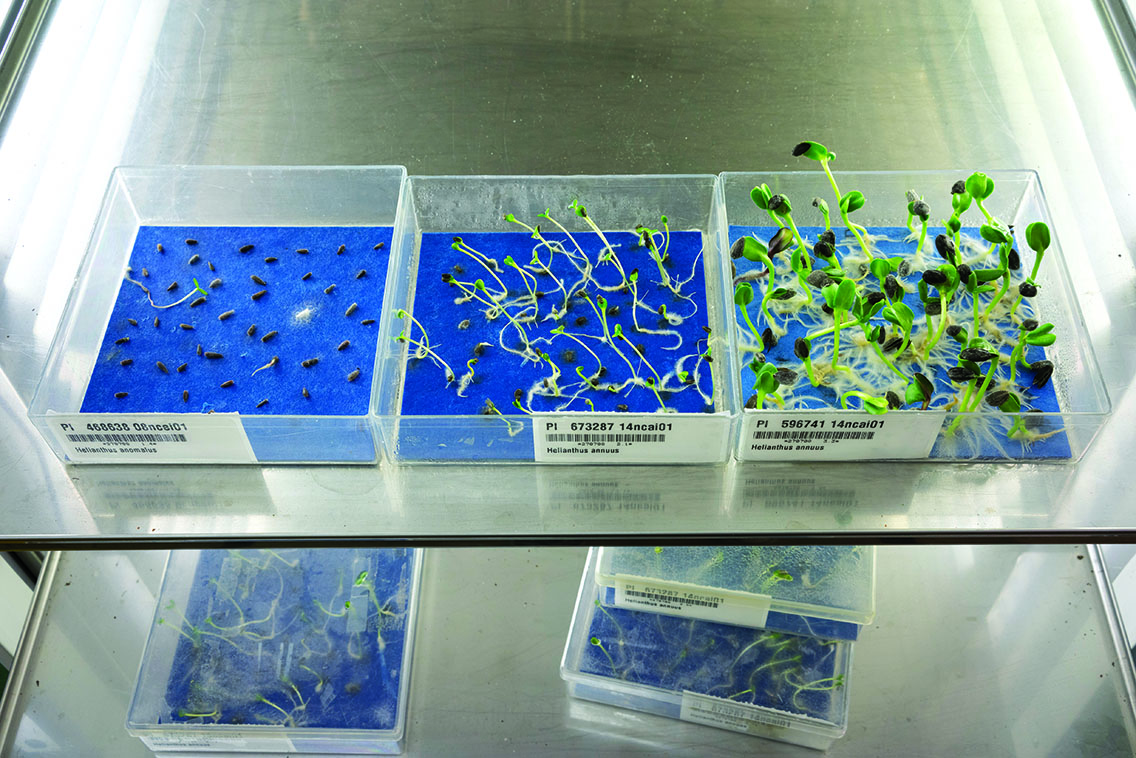
After tromping around the Utah dunes for 20 minutes, Marek and Seiler return to the car with paper bags bulging and label each with a marker, scribbling down the date and species. Seiler breaks a yard-high plant into three pieces and presses them between cardboard for the USDA’s wild sunflower collection in North Dakota. The seed heads will go to Marek’s Iowa lab, where they’ll be dried and then tested for viability. Some will be germinated and the seeds from those tested before being sent off to the National Center for Genetic Resources Preservation, in Fort Collins, Colorado, as well as a global seed bank in Norway.
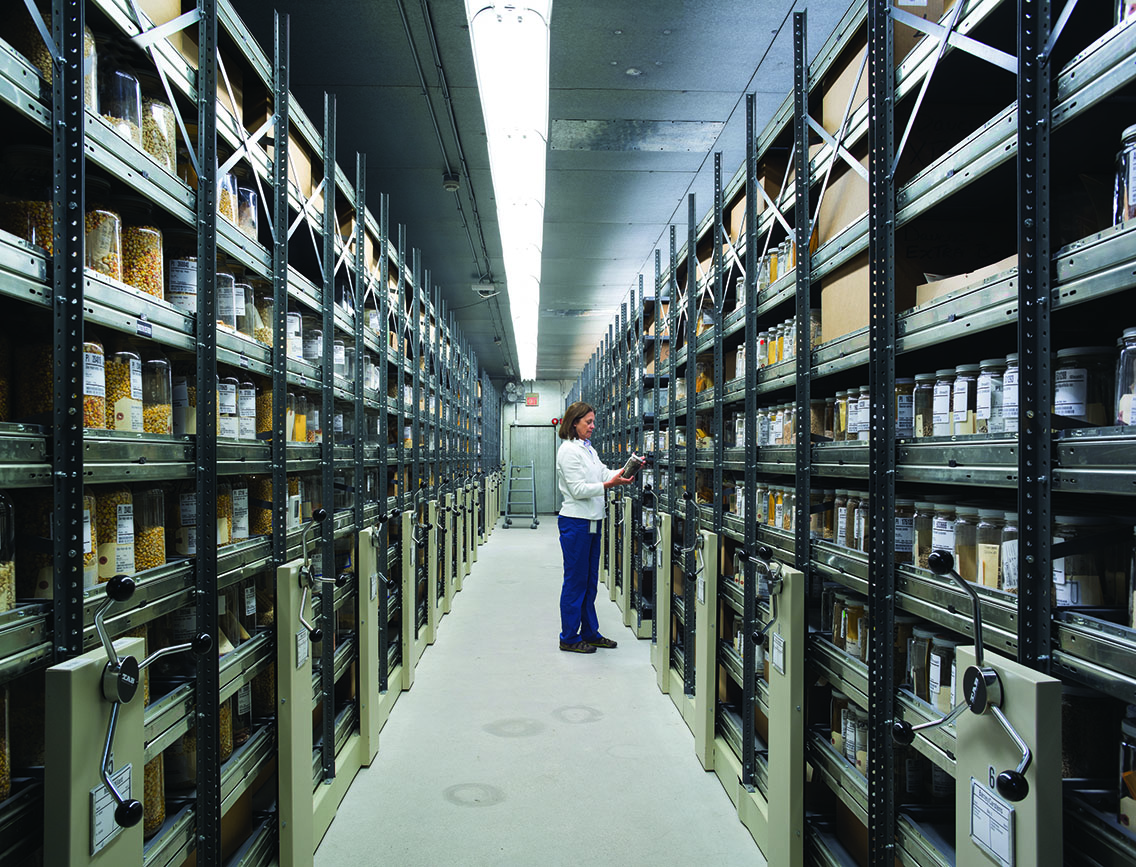
Once these H. anomalus seeds become part of the national collection, these will be freely available to plant breeders developing the sunflowers of the future. Marek periodically gets seed requests from companies like DuPont Pioneer and Syngenta, and genes from wild sunflowers have already been used to develop salt tolerance and resistance to diseases like rust and downy mildew in cultivated varieties. (This has been done exclusively by way of conventional breeding; no genetically modified versions of the crop exist.)
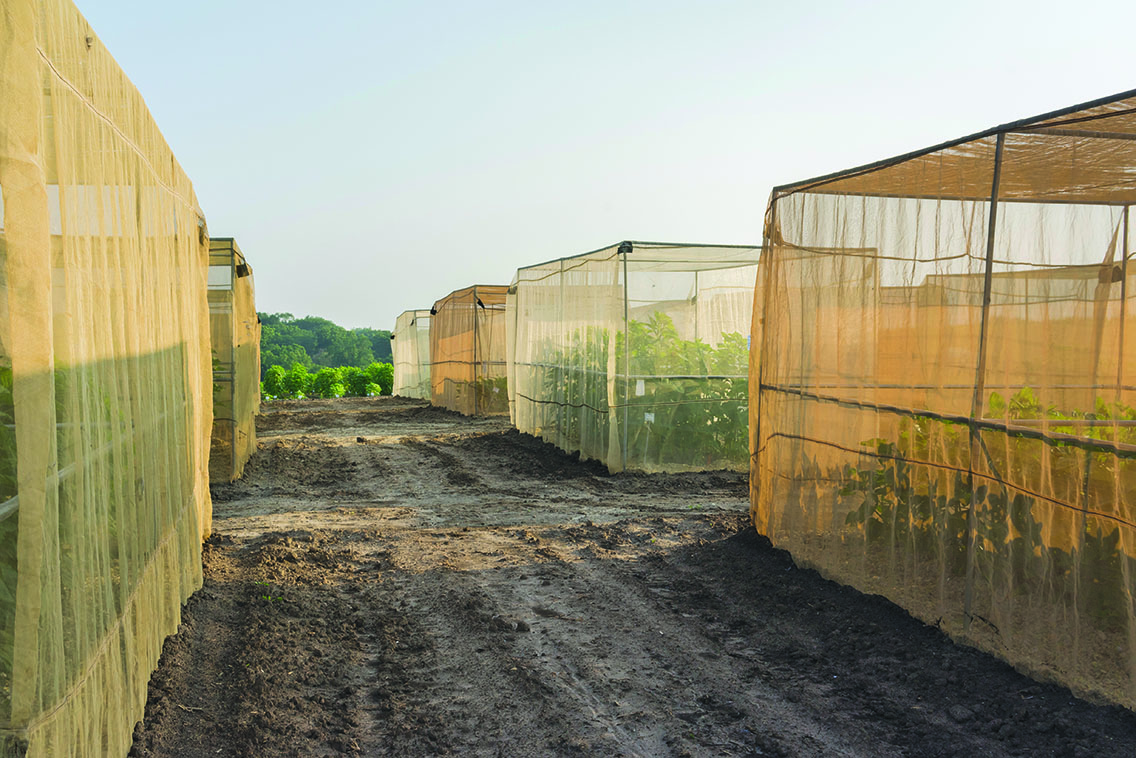
Lending further urgency to Marek and Seiler’s work – and to that of scientists across the planet concentrating on plants endemic to their own soils – is that climate change itself could threaten wild species before researchers have a chance to collect and study them. “The Southwest is getting so much hotter and drier,” says Marek, “that it could squeeze out some of these native sunflowers.”
To counter the prospect, researchers from the Fort Collins gene bank have begun working with the U.S. Forest Service to develop a national strategy aimed at preserving the wild relatives of our nation’s crops. Over the next few years, the two organizations will map existing wild-relative populations in order to identify where stronger protections are needed. Then they’ll team with state governments and private landowners to enact those protections. Governments worldwide are engaged in similar battles against time and distance; as Marek and Seiler well know, genetic gold could lurk around any remote corner.

Originally produced by Modern Farmer and Food & Environment Reporting Network. Used with permission.
SaveSave
Follow us
This work is licensed under a Creative Commons Attribution-NoDerivatives 4.0 International License.
Want to republish a Modern Farmer story?
We are happy for Modern Farmer stories to be shared, and encourage you to republish our articles for your audience. When doing so, we ask that you follow these guidelines:
Please credit us and our writers
For the author byline, please use “Author Name, Modern Farmer.” At the top of our stories, if on the web, please include this text and link: “This story was originally published by Modern Farmer.”
Please make sure to include a link back to either our home page or the article URL.
At the bottom of the story, please include the following text:
“Modern Farmer is a nonprofit initiative dedicated to raising awareness and catalyzing action at the intersection of food, agriculture, and society. Read more at <link>Modern Farmer</link>.”
Use our widget
We’d like to be able to track our stories, so we ask that if you republish our content, you do so using our widget (located on the left hand side of the article). The HTML code has a built-in tracker that tells us the data and domain where the story was published, as well as view counts.
Check the image requirements
It’s your responsibility to confirm you're licensed to republish images in our articles. Some images, such as those from commercial providers, don't allow their images to be republished without permission or payment. Copyright terms are generally listed in the image caption and attribution. You are welcome to omit our images or substitute with your own. Charts and interactive graphics follow the same rules.
Don’t change too much. Or, ask us first.
Articles must be republished in their entirety. It’s okay to change references to time (“today” to “yesterday”) or location (“Iowa City, IA” to “here”). But please keep everything else the same.
If you feel strongly that a more material edit needs to be made, get in touch with us at [email protected]. We’re happy to discuss it with the original author, but we must have prior approval for changes before publication.
Special cases
Extracts. You may run the first few lines or paragraphs of the article and then say: “Read the full article at Modern Farmer” with a link back to the original article.
Quotes. You may quote authors provided you include a link back to the article URL.
Translations. These require writer approval. To inquire about translation of a Modern Farmer article, contact us at [email protected]
Signed consent / copyright release forms. These are not required, provided you are following these guidelines.
Print. Articles can be republished in print under these same rules, with the exception that you do not need to include the links.
Tag us
When sharing the story on social media, please tag us using the following: - Twitter (@ModFarm) - Facebook (@ModernFarmerMedia) - Instagram (@modfarm)
Use our content respectfully
Modern Farmer is a nonprofit and as such we share our content for free and in good faith in order to reach new audiences. Respectfully,
No selling ads against our stories. It’s okay to put our stories on pages with ads.
Don’t republish our material wholesale, or automatically; you need to select stories to be republished individually.
You have no rights to sell, license, syndicate, or otherwise represent yourself as the authorized owner of our material to any third parties. This means that you cannot actively publish or submit our work for syndication to third party platforms or apps like Apple News or Google News. We understand that publishers cannot fully control when certain third parties automatically summarize or crawl content from publishers’ own sites.
Keep in touch
We want to hear from you if you love Modern Farmer content, have a collaboration idea, or anything else to share. As a nonprofit outlet, we work in service of our community and are always open to comments, feedback, and ideas. Contact us at [email protected].by Nelson Harvey, Modern Farmer
August 7, 2017
Modern Farmer Weekly
Solutions Hub
Innovations, ideas and inspiration. Actionable solutions for a resilient food system.
ExploreExplore other topics
Share With Us
We want to hear from Modern Farmer readers who have thoughtful commentary, actionable solutions, or helpful ideas to share.
SubmitNecessary cookies are absolutely essential for the website to function properly. This category only includes cookies that ensures basic functionalities and security features of the website. These cookies do not store any personal information.
Any cookies that may not be particularly necessary for the website to function and are used specifically to collect user personal data via analytics, ads, other embedded contents are termed as non-necessary cookies.